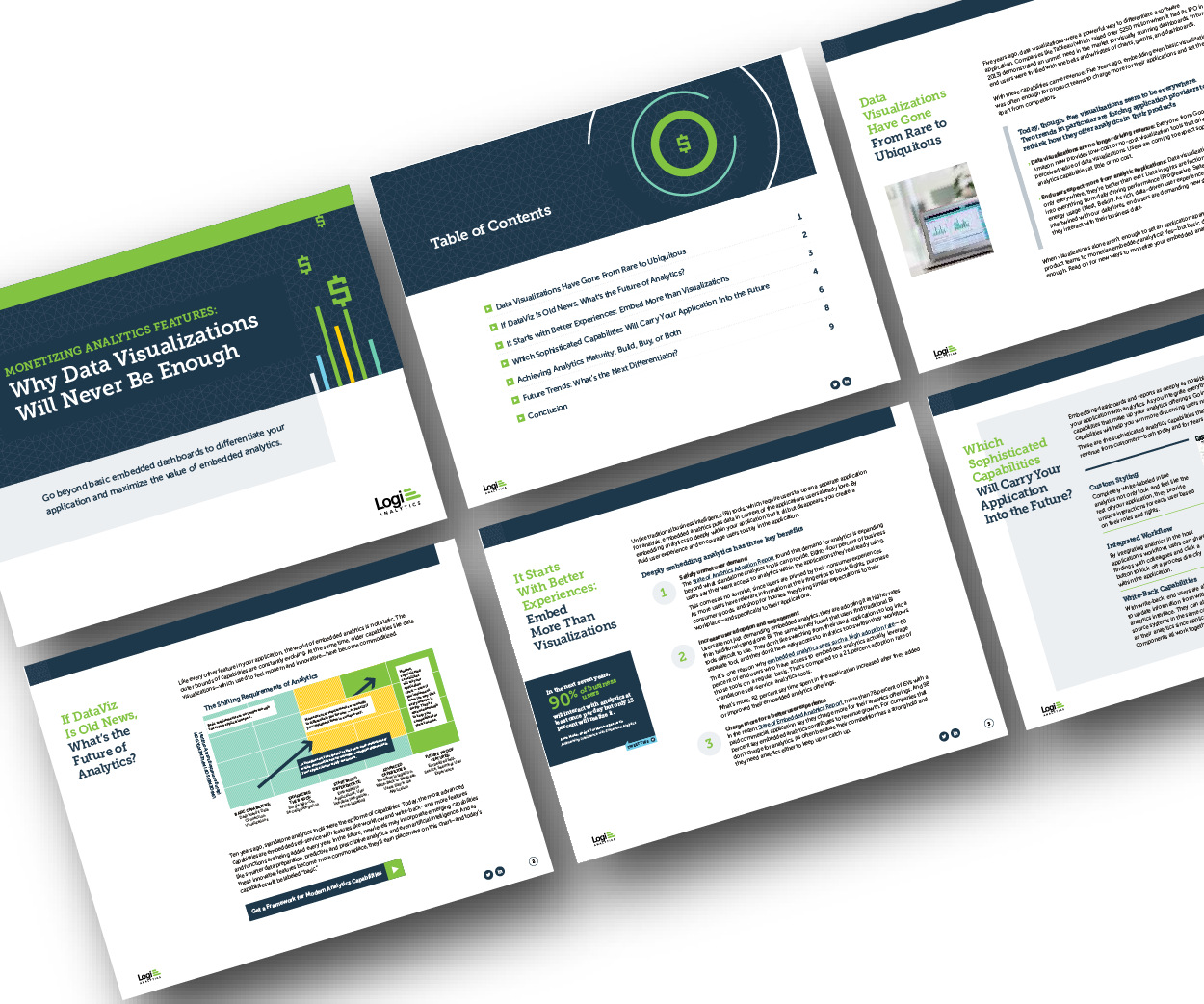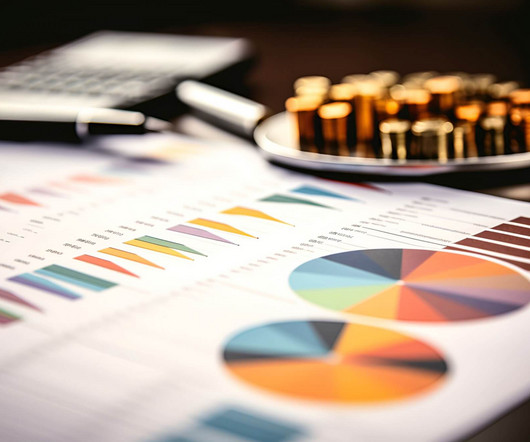The future of data: A 5-pillar approach to modern data management
CIO Business Intelligence
DECEMBER 11, 2024
The field of data observability has experienced substantial growth recently, offering numerous commercial tools on the market or the option to build a DIY solution using open-source components. The data platform function will set up the reporting and visualization tools, while the data engineering function will centralize the curated data.





















Let's personalize your content